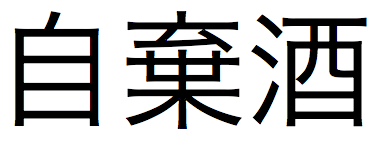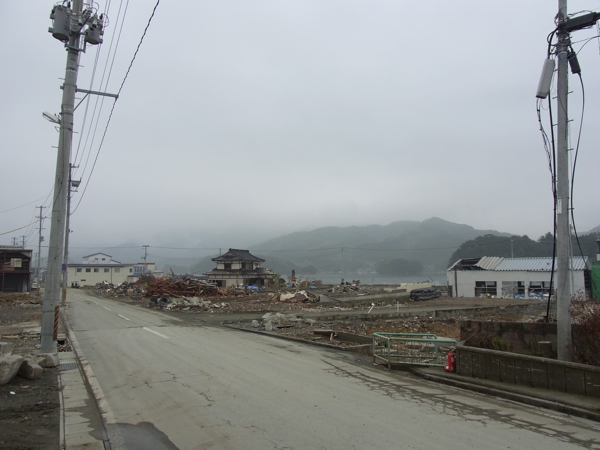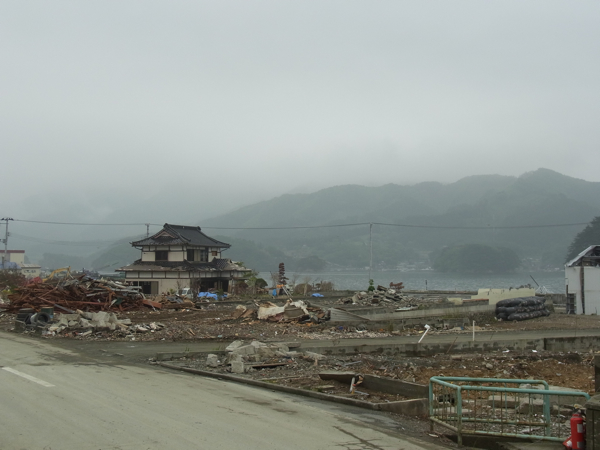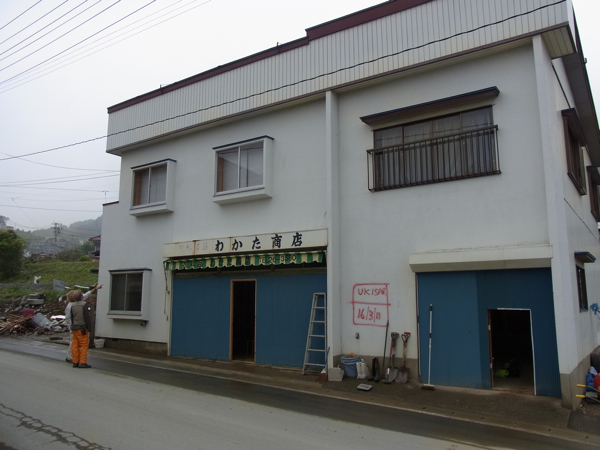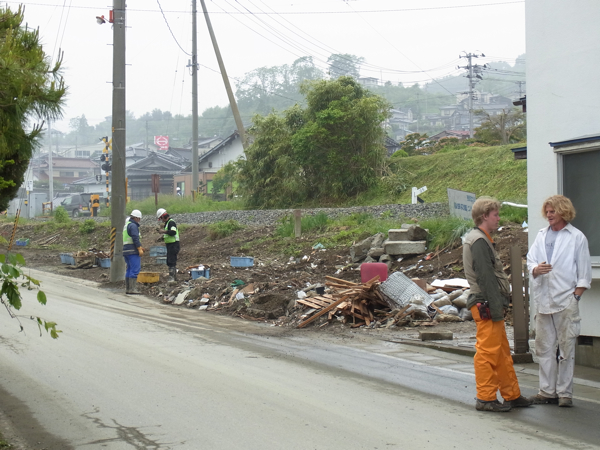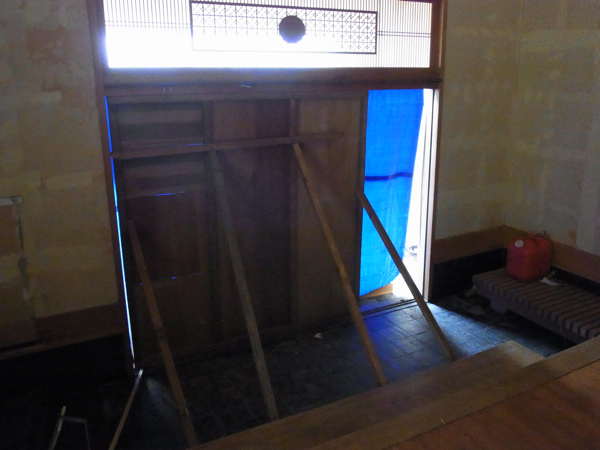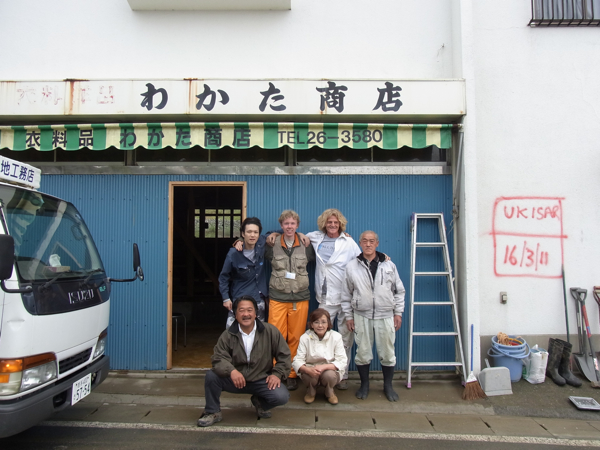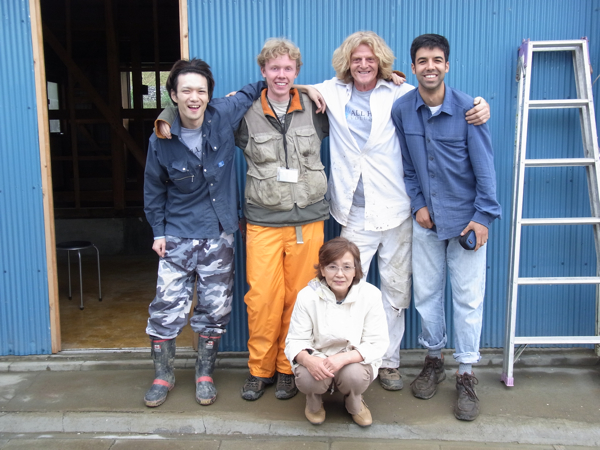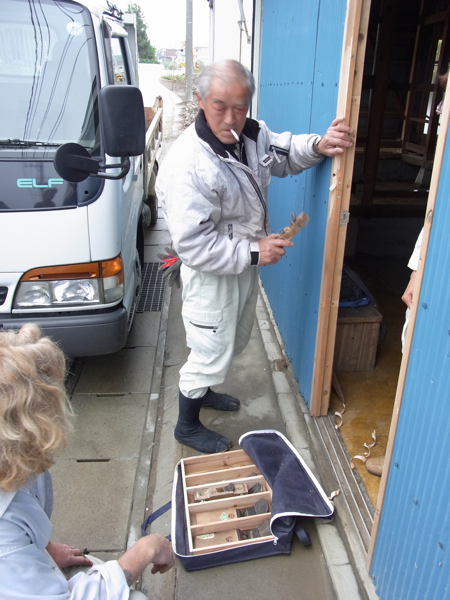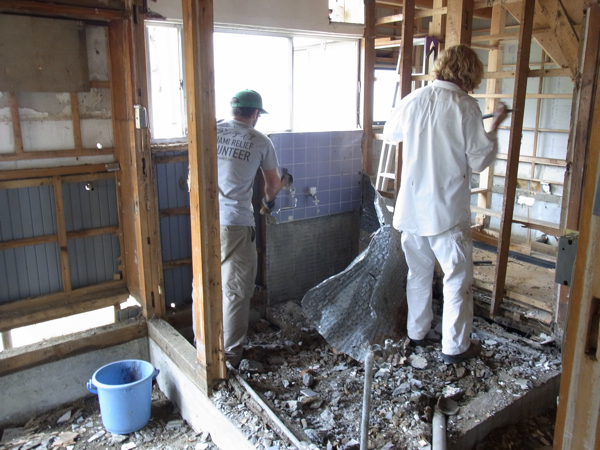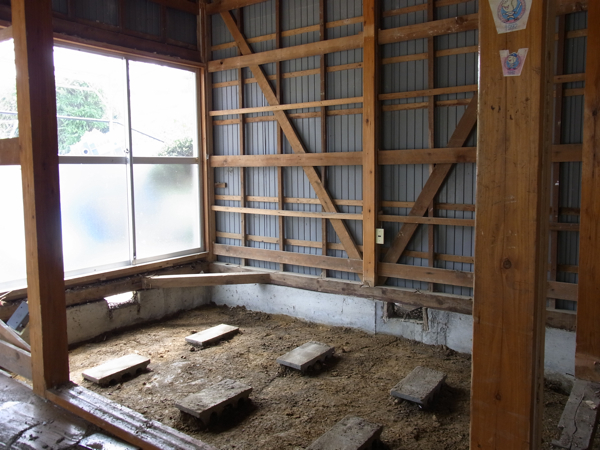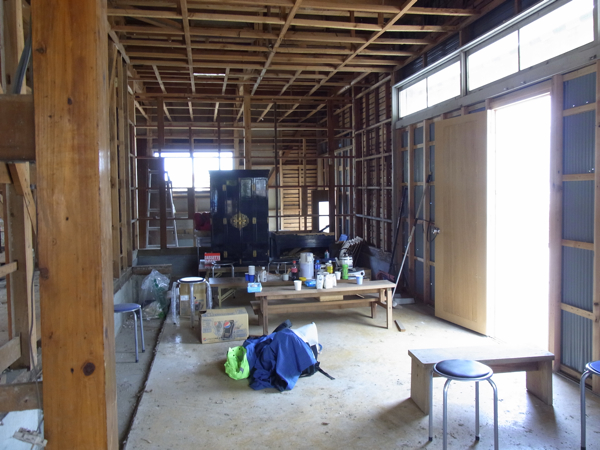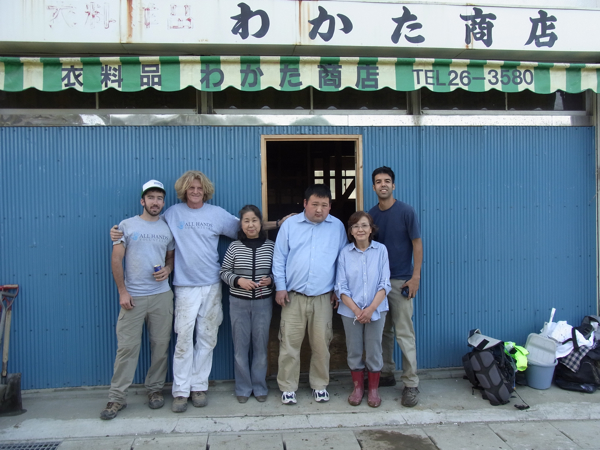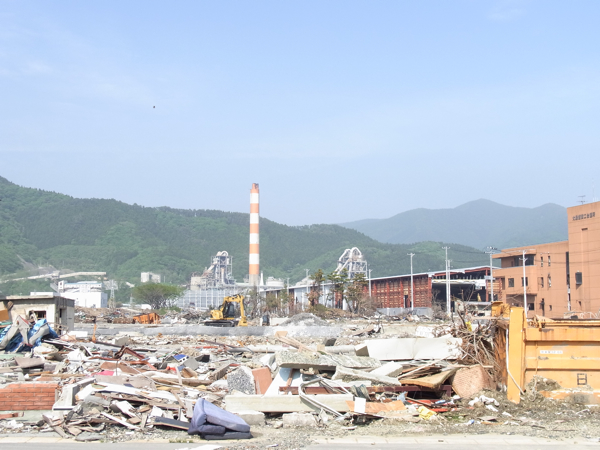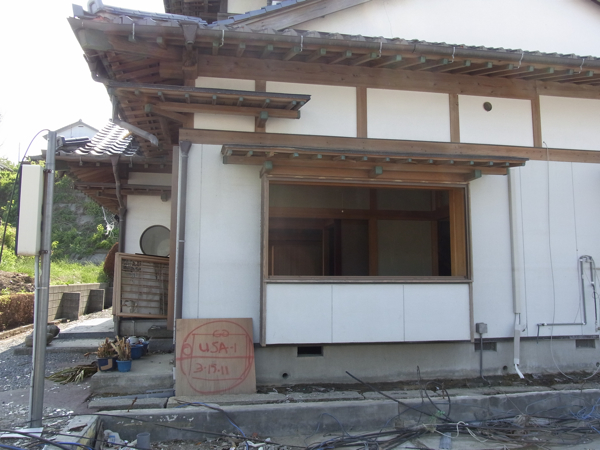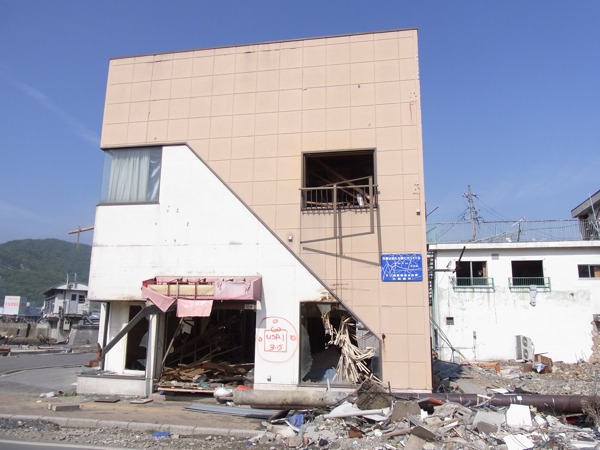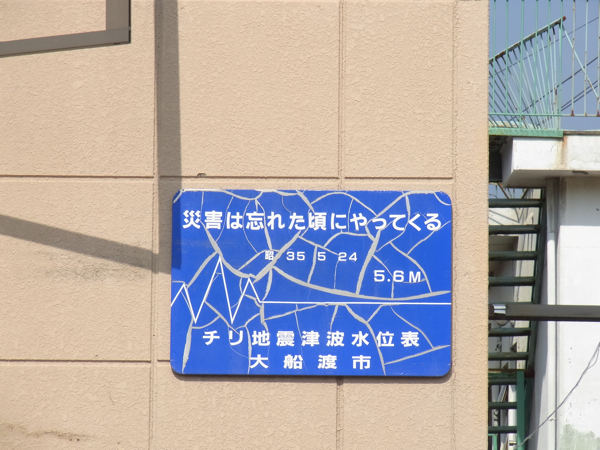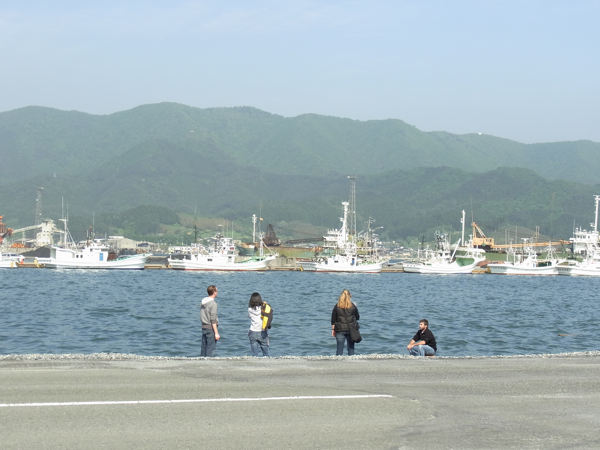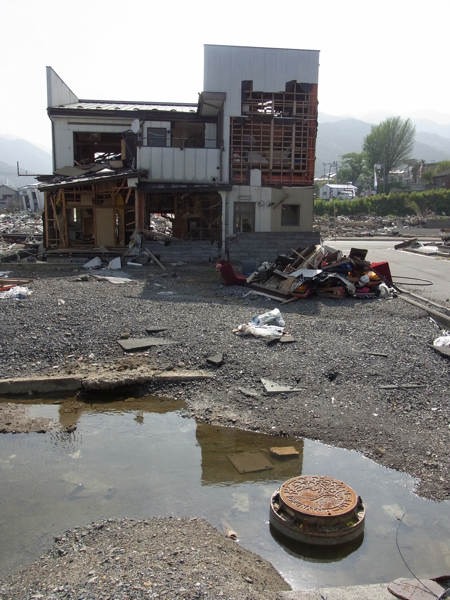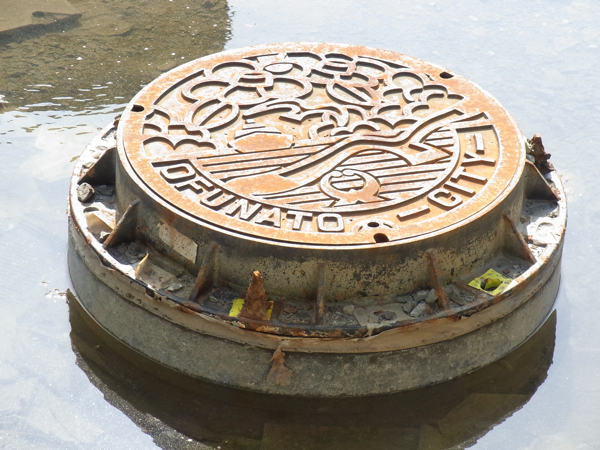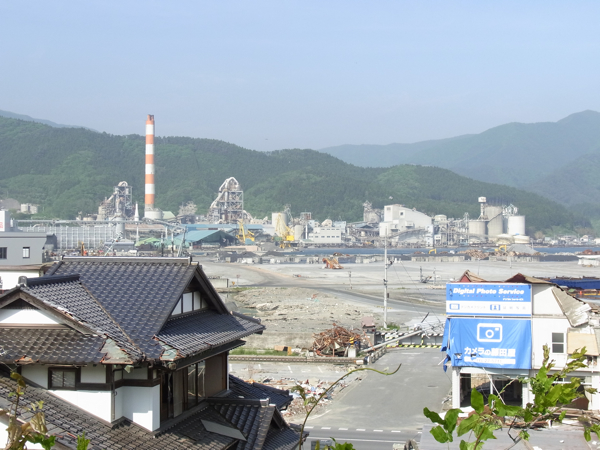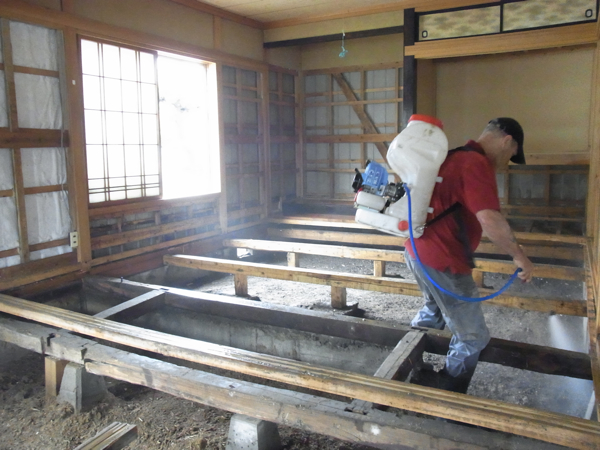I’m in the Japan Times today with one of my favorite Bilingual articles in a long time: “Enka gives lessons in Japan’s unattainable love.”
I don’t remember the first time I learned the word 演歌 (enka), but it was likely the summer of 2002 when I was on a Rotary internship in Okayama. Several members of the Rotary Club were responsible for organizing our activities, and they would take us out at night to all manner of snack bars across the city. We sang American songs, drank beer, ate 柿ピー (kaki pii, peanuts and crackers), and listened to them sing Japanese songs. I have very distinct memories of two of them performing 旅姿三人男 (Tabi sugata sannin otoko, Three Men in Traveling Clothes).
Gradually, over the course of two months, a few of the songs made their way into our heads, and at our farewell dinner I performed 長崎は今日も雨だった (Nagasaki wa kyō mo ame datta, Nagasaki Was Rainy Again Today).
I went home with an Ishihara Yujiro CD and an Uchiyamada Hiroshi and the Cool Five CD, and I listened to them over and over, especially once I got my first iPod in 2006 when I was on the JET Program. I also picked up a few other songs here and there, listening to friends and town employees sing while on the JET Program, and recently I’ve been doing カラオケ勉強会 (karaoke benkyō kai, karaoke “study meetings”) with coworkers in Chicago. My repertoire is only decent, but I like what I can do.
In an effort to learn more about enka for the JT article, I took a look at the Top 50 Bestselling Enka Songs. This is a list that floats around the internet on several different sites and is supposedly based on Oricon data. Some of the sites have disclaimers at the bottom that it may not be accurate, but it’s interesting and helpful at the very least. I watched all 50 and wrote up my thoughts. I’ll post ten of them each day this week in descending order, starting today. Each write-up will include my toasty hot take, a difficulty rating, and a link to a “permasearch” on YouTube. Many of the music videos for these songs will likely be taken down for copyright violations, but you can use the permasearch link to search for the songs on YouTube, which will hopefully reveal new versions or at least covers by amateurs.
Without further ado, here are 50 through 41:
50. 雨の慕情 (Ame no bojō, Yearning in the rain), 八代亜紀 (Yashiro Aki) – 1980
PERMASEARCH
https://youtu.be/t5woKztcKYM
Quick Take: The narrator of the song pleads with the rain to bring her the man (well, not technically a man, but an いい人[ii hito, nice person]) she misses. This is a nice song for language learners. There are lots of simple adjectives (憎い, 恋しい, 嫌い) used in repetition and the great example of of imperative in the chorus 雨雨降れ降れもっと降れ (ame ame hure hure motto fure, Rain rain, fall fall, fall more and more). Overall the language is relatively simple. As with many Japanese songs, Yashiro has very specific dance moves that go along with the chorus.
Difficulty: 4. Pretty straightforward. If I was a woman or had a higher voice, I might be singing this song regularly.
49. とまり木 (Tomarigi, Barstool/perch), 小林幸子 (Kobayashi Sachiko) – 1980
PERMASEARCH
Quick Take: You know this song is going to be great from the title alone, which means barstool/perch. As you can tell from the video, it’s about a woman sitting at her barstool, wanting to follow after a person who won’t face her. It’s got some great lines like お酒でごまかす / このさびしさを (Osake de gomakasu / kono sabishisa o, I’ll conceal it with liquor, this sadness) that help show an inverted direct object. Great song.
Difficulty: 7. Some definite 小節 (kobushi, undulating melodic ornamentation or embellishment) present, but it’s not over the top.
48. なみだ恋 (Namida-goi, Tearful Love), 八代亜紀 (Yashiro Aki), 1973
PERMASEARCH
https://youtu.be/7ZBTs1g_7rQ
Quick Take: I’m not sure you can get a simpler yet more powerful enka title unless you dig deep into the archives (酒は涙か溜息か, for example?): tearful love. The song is set in the back alleys of Shinjuku…in the rain…with the blossoms of flowers (presumably cherries?) falling. This is Japanese soul music. According to enka, the best (but saddest) love is illicit love which requires you to 忍び逢う(shinobiau, meet surreptitiously), especially if it involves rain or (in the case of Ishihara Yujiro) 夜霧 (yogiri, night fog). Yashiro is notable as the first female enka singer to have seven top 10 singles on the Oricon charts. Japanese Wikipedia notes that she was uncomfortable with her “husky” voice at first but gained confidence after hearing American singer Julie London.
Difficulty: 8.5. Yashiro breaks out more of the kobushi in the song than she did in 雨の慕情.
47. 流恋草 (Haguresō, Caught Lovesickness), 香西かおり(Kōzai Kaori), 1991
PERMASEARCH
https://youtu.be/C_FsQiefsns
Quick Take: This is another powerful song of loneliness: A woman, presumably in the countryside, is left on her own (perhaps her partner goes out often?). Because he’s the only person she knows in the town, she’s lonely and crying. It’s the second instance we see of a line similar to 心はかくせない (kokoro wa kakusenai, I can’t hide my soul). It also features the nice contrast between あなたが欲しい (anata ga hoshii, I want you) and あなたを許せない (anata o yurusenai, I can’t forgive you), showing how divided her feelings are as well as the frequent karaoke encounter of anata. Some other great enka lines include: 悲しみがこぼれます/ ひとりじゃ暮らせない (kanashimi ga koboremasu / hitori ja kurasenai, My sadness spills over / I can’t live alone), and the ever useful お酒ください (osake kudasai, alcohol please).
This version on YouTube also has an amazing introduction and features a great set and an Akita pup biting at Kōzai’s fingers.
Difficulty: 6. Some minor kobushi, but nothing over the top. Very accessible lyrics.
46. よこはま・たそがれ (Yokohama tasogare, Yokohama Twilight), 五木ひろし (Itsuki Hiroshi), 1971
PERMASEARCH
Quick Take: Leave it to the first man on the list to sing the laziest song so far: this is basically a list of different evocative karaoke words (kiss, lingering scent, cigarette smoke, Blues, whistling, etc) followed by the chorus あの人は行って行ってしまった (ano hito wa itte itte shimatta, That person has gone, gone away). Apparently this shouldn’t be a surprise: Itsuki went through three failed stage names before breaking it big with this hit. His Japanese Wikipedia page is curiously extensive. [Stroking chin emoji] It’s worth tracking down a version of Itsuki singing this in his prime to understand the effect he must have had on audiences.
Difficulty: 3. Some minor kobushi, but this is a pretty great (if somewhat lame) song for beginners.
45. 長良川艶歌 (Nagaragawa enka, Nagara River Enka), 五木ひろし (Itsuki Hiroshi), 1984
PERMASEARCH
https://youtu.be/Ii6XdBzbtTo?t=1m59s
Quick Take: Here we are with Itsuki again. This song is much stronger than the previous. Sounds like the narrator is staying at a lodging alongside a river with someone he’d like to be with, a traveller, who’s gone in the morning. Lots of good あなたing in this song, which then goes on to get qualified by some nice phrases like すがってみたい人 (sugatte mitai hito, someone I’d like to follow) and 私を泣かす人 (watashi wo nakasu hito, someone who makes me cry). There are also some poetic lines like 窓に夜明けの風が泣く (Mado ni yoake no kaze ga naku, The dawn wind cries at the window).
One interesting point: note the use of 艶歌 instead of 演歌 in the title. There’s no Yahoo Chiebukuro post for this unfortunately, but there is an Oshiete Goo post, which notes that 艶歌 was used to describe the romantic content of songs whereas 演歌 came from earlier political protest songs. Christine Yano talks about this in her book but doesn’t use kanji, so I have to assume that this is the other character she’s talking about.
Difficulty: 9. This is one of those songs that will sound off if you don’t place the stress and kobushi on each word appropriately.
44. 箱根八里の半次郎 (Hakone hachiri no Hanjirō, Eight-ri Hanjirō of Hakone), 氷川きよし (Hikawa Kiyoshi), 2000
PERMASEARCH
https://youtu.be/ZXfKj8DtvUA
Quick Take: This is an epic song that launched Hikawa Kiyoshi’s career and rejuvenated enka as a genre. The alliteration in the title and the callback to classic images of the Japanese countryside are powerful. I have trouble deciphering some of the lyrics, to be honest, but all analysis of the song mentions 股旅物 (matatabimono, wandering life of a gambler), an enka category that hadn’t been sung in a while, and it’s clear that the title character is a shabby, unreliable guy. The dense vocabulary of the song contrasts with the simplicity of the サビ (sabi, hook) – やだねったら、やだね (yada nettara, yada ne, literally “If I say I don’t like it, I don’t like it” although maybe closer to “If I say I don’t wanna, I won’t”?). An interesting Japanese blog post calls the lightness of this song a response to the だらしなさ (darashinasa, slovenliness) of the Heisei era.
You can also see/hear in the video that there are plenty of Kiyoshi fans who love his style as well.
Difficulty: 11. This one goes to 11. Hikawa has mad kobushi skills and a soaring voice. I’ve heard this one imitated poorly too many times, and I may have perpetrated one or two imitations myself. You’ve been warned.
43. むらさき雨情 (Murasaki ame nasake [?], Purple Rain Sadness), 藤 あや子 (Fuji Ayako), 1993
PERMASEARCH
https://youtu.be/lRWLmmv0Vxk
Quick Take: This is a lovely song of unrequited love colored by the purple rain from the title. The narrator won’t follow her love but still has feelings for and memories of him. It’s full of karaoke words like にじむ (nijimu, blur) and しみつく (shimitsuku, stained in). And we can’t forget the absolute classic 未練 (miren, lingering affection/attachment/regrets): むらさき雨、雨に / 遠くかすむ町 / 訪ねた女の未練でしょうか (Murasaki ame ame ni / tōku kasumu machi / tazuneta onna no miren deshō ka, In the purple rain, rain / a misty town in the distance / is this the longing of a woman visiting?).
Difficulty: 4. Pretty straightforward with just some minor kobushi. A very clean and clear karaoke song. What’s not to like.
42. 愛のままで… (Ai no mama de…, Just as love…), 秋元順子 (Akimoto Junko), 2008
PERMASEARCH
https://youtu.be/8uf-jplj2h0
Quick Take: This is the most recent hit on the top 50, and perhaps not surprisingly, this song launched Akimoto into the Kōhaku Uta Gassen for the first time in 2008, the oldest debut at 61 years old. To my ear it sounds like a pretty standard love song, a nice one, but nothing too special to recommend it other than some typical karaoke imagery: キャンドル (kyandoru, candle), 偶然 (gūzen, coincidence), 奇跡 (kiseki, miracle). It is notable for the first appearance of 愛しい (itoshii, dear), in this inverted phrase: 他人(だれ)かと比較る幸せなんていらない (dare ka to kuraberu shiawase nante iranai, I don’t need the pleasure of being compared with someone) / あなたの視線が愛しくあれば (anata no shisen ga itoshiku areba, If I have your dear gaze).
Difficulty: 3. A couple of potentially difficult stresses, but the language is pretty accessible and the voicing not so challenging. This one feels like it could be a fun one for many.
41. ふたり酒 (Futari zake, Sake for Two), 川中美幸 (Kawanaka Miyuki), 1980
PERMASEARCH
Quick Take: Now that’s some fucking enka! I had a feeling I would like this one from the title alone, and the very first line sealed it for me and also does a good job of summarizing the song: 生きてゆくのが辛い日はお前と酒があればいい (ikite yuku no ga tsurai hi wa omae to sake ga areba ii, When days are rough, I’m fine if I have you and alcohol). Kawanaka apparently made a name for herself with this song after failing with a few other singles. I really like the video that I’ve linked—it definitely shows how enka has been used to define Japanese identity. (If the video happens to be down, it showed a couple working at a sushi restaurant, some shots at a fish market, and a visit to a shrine.)
Difficulty: 7. This song is sneaky difficult. There’s more kobushi in there than appears to be in the studio version.


